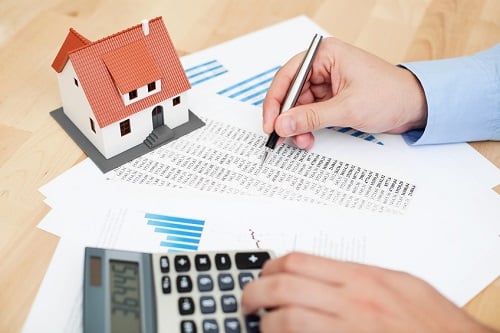Foreign investment in US real estate has shown a marked decrease since the start of July according to a new report

Foreign investment in US real estate has shown a marked decrease since the start of July according to a new report.
Covercy CMO says that although the US real estate market is still one of the most attractive for international buyers the booming property prices is deterring many foreign investors.
“Some say the slowdown is related to the summer vacation period. However, I believe the explanation for June’s slowdown is the recent residential house price increase,” said Gidon Jablonka, Covercy CMO.
However, although the flow of international currency into the market has slowed from a jump in the second quarter, Jablonka expects a rebound in the third quarter.
“Weaker global economic growth, political uncertainty and financial market turbulence have also played their part, but the appeal of the U.S. remains so strong that wealthy overseas buyers will ultimately adjust to the new reality and dig deeper to own property in the country,” he said.
The average international currency transfer in Q2 2017 was 24% higher than in Q1, rising from 34k to 42K per transaction. August saw a slight increase and while 10% lower than May it was but 13% higher than the average for total investors in June and July, putting a positive spin on what has been a negative situation for the US real estate sector this summer.
Covercy CMO says that although the US real estate market is still one of the most attractive for international buyers the booming property prices is deterring many foreign investors.
“Some say the slowdown is related to the summer vacation period. However, I believe the explanation for June’s slowdown is the recent residential house price increase,” said Gidon Jablonka, Covercy CMO.
However, although the flow of international currency into the market has slowed from a jump in the second quarter, Jablonka expects a rebound in the third quarter.
“Weaker global economic growth, political uncertainty and financial market turbulence have also played their part, but the appeal of the U.S. remains so strong that wealthy overseas buyers will ultimately adjust to the new reality and dig deeper to own property in the country,” he said.
The average international currency transfer in Q2 2017 was 24% higher than in Q1, rising from 34k to 42K per transaction. August saw a slight increase and while 10% lower than May it was but 13% higher than the average for total investors in June and July, putting a positive spin on what has been a negative situation for the US real estate sector this summer.



